Leveraging Chapter 11 for Cost-Effective Middle Market Restructurings
Dispelling the perception that chapter 11 filings are prohibitively expensive in the middle market
Many middle market sponsors and lenders with distressed portfolio companies see a chapter 11 process as lengthy and prohibitively expensive. As a result, these stakeholders turn to non-chapter 11 alternatives, which often carry more risk and less certainty. However, under the right circumstances, chapter 11 can be a cost-effective way to accomplish a successful restructuring or sale in a relatively short timeframe while minimizing potential liabilities.
Risks in Out-of-Court Alternatives
While several out-of-court restructuring alternatives have recently grown in popularity, each comes with notable risks. Below are two such potential alternatives.
Assignment for the Benefit of Creditors (ABC) – ABC is a state-specific procedure that provides for the assignment of company assets, whereby an appointed assignee liquidates the assets for the benefit of creditors. On the surface, an ABC can appear to be a faster and less expensive strategy than chapter 11, but there are disadvantages. Notably, an ABC does not provide a buyer with “free and clear” title to the assets, introducing additional risk for the buyer who could be subject to material liabilities going forward. From the perspective of the company, its sponsor and its lenders, an ABC does not provide important releases, leaving lenders and sponsors vulnerable to potential future litigation. In addition, an ABC is seldom the path to maximizing value, as it is not the optimal solution for the sale of a going-concern business but instead is used in instances where a liquidation is deemed value maximizing.
Article 9 Strict Foreclosure – A strict foreclosure under Article 9 of the Uniform Commercial Code (UCC) is a process under which a secured lender takes possession of its collateral without a sale – either through an equity-level foreclosure or an asset-level foreclosure. In an equity-level foreclosure, the lender forecloses on the equity in the operating entity (or entities). Therefore, it does not offer a lender one of the key benefits that it may desire as part of a foreclosure process – the ability to leave behind certain operating entity liabilities or reject operating contracts. Conversely, in an asset level foreclosure, the lender forecloses on the actual assets in the operating entity (or entities). While an asset-level strict foreclosure can allow a lender to designate liabilities it elects not to assume, doing so increases the likelihood that the impacted creditor(s) will litigate respective claims with the foreclosing lender. In addition, many of the operating contracts will not automatically transfer so the foreclosing lender will likely need to negotiate a substantial number of consents with contract counterparties. Lastly, any junior creditor that believes the value of the assets extends beyond the secured lender claim will be incentivized to litigate, potentially leading to a valuation fight in court and the need for a valuation opinion. While an equity holder may be able to negotiate its own release in exchange for consenting to the foreclosure, the impacted creditors could still commence litigation against the lenders and cause material issues for them well after the strict foreclosure is complete.
The Benefits of a Chapter 11 Process
Alternatively, the company can pursue a restructuring or sale through a chapter 11 process. While likely to be longer and more expensive than the out-of-court alternatives discussed above, a chapter 11 process provides two meaningful benefits for the company as well as its board, sponsor and lenders.
 |
Releases – Contrary to out-of-court alternatives, a transaction consummated through chapter 11 customarily includes releases for many of the direct stakeholders – management, the board of directors, sponsors and lenders. These releases can be extremely valuable in giving comfort to the company and its stakeholders that they are protected from future litigation. |
 |
“Free and clear” assets – If the chapter 11 case includes a § 363 sale process, the potential buyers will have the ability to purchase company assets free and clear of any interest in the property (i.e., claims of secured and unsecured creditors). This provision increases the attractiveness of the assets in a sale process and helps ensure the company is best positioned to maximize the value the assets can achieve under the current circumstances. Alternatively, if the company is restructured pursuant to a chapter 11 plan, the lenders will benefit from a reorganized balance sheet that has the blessing of a bankruptcy court. |
Setting the Table for Quick and Cost-Effective Chapter 11 Processes
Many middle market sponsors and lenders are concluding that the costs of a chapter 11 case often outweigh the benefits. However, under the right set of circumstances, a chapter 11 process can be a relatively quick and cost-effective path forward. These situations typically include
 |
A clear plan – Commencing the chapter 11 case with a pre-arranged (or pre-negotiated) deal, or alternatively, a stalking horse bidder as part of a § 363 sale process, is imperative to keeping a tight timeline and running a cost-effective case. In addition, sending a clear signal at the outset of the case on the treatment of unsecured claimants, particularly trade vendors, will have a material impact on the overall cost of the case. |
 |
Sufficient and reasonable debtor-in-possession (DIP) financing – The DIP financing, most often provided by the existing lender, should contain milestones and covenants that are clear and tight – but also realistic and achievable. DIP milestones and covenants that are unlikely to be met or severely impair a proper process can expose a company to material objections and increase the case cost and length. The DIP should also be large enough to fund a wind-down or liquidation of any estate remaining after the restructuring / sale transaction is consummated. Failing to do so is likely to result in objections, which can further increase the cost of the case. |
 |
An efficient marketing process (if applicable) – If the chapter 11 case contemplates a § 363 sale process, the company should strive to file with a stalking horse bidder and proposed bidding procedures. Where possible, the company should also begin a marketing process in earnest prior to the chapter 11 petition date. |
Proven Outcomes – Selected Cost-Effective Chapter 11 Case Studies
Portage Point has provided investment banking and / or turnaround and restructuring services in several recent, quick and cost-effective chapter 11 cases.
| Case Study 1 |

Situation Overview – Ambri, an energy storage company, was struggling to demonstrate clear progress towards commercialization and ran into difficulties attracting new capital. The stressed liquidity situation was compounded by the significant capital expenditures needed for its manufacturing facility as well as having over-hired during strong market years
Portage Point Impact – Portage Point, retained as both investment banker and restructuring advisor, helped the company manage its liquidity, raise DIP financing from certain prepetition lenders and negotiate a stalking horse asset purchase agreement (APA) with those lenders prior to filing. Once the company commenced its chapter 11 case, Portage Point continued the extensive marketing process it had begun prepetition and negotiated a resolution of the remaining estate. The company was ultimately sold through a §363 sale to the stalking horse bidder and the remaining estate was wound down pursuant to a liquidating plan
Time from filing to sale confirmation – 67 days
Total postpetition debtor professional fees (counsel, investment banker and restructuring advisor) – $3.4 million |
| Case Study 2 |

Situation Overview – Appgate, an industry leader in secure network access, providing an innovative suite of cybersecurity solutions and advisory services to more than 660 leading private enterprises and government agencies around the world, was struggling under the stress of its over-leveraged balance sheet which was negatively impacting its liquidity
Portage Point Impact – Portage Point, retained as both investment banker and restructuring advisor, prepared a detailed short-term weekly cash flow budget and longer-term operating model to quantify the company liquidity needs, raised DIP financing from certain prepetition creditors and helped negotiate a restructuring support agreement and prepackaged plan of reorganization with prepetition creditors. Portage Point continued to assist the company during its chapter 11 case in managing liquidity to cover its statutory obligations and preserve operational integrity, resulting in no material process disruptions during the pendency of the case and a successful emergence with a deleveraged balance sheet
Time from filing to effective date – 58 days
Total postpetition debtor professional fees (counsel, investment banker and restructuring advisor) – $4.6 million |
| Case Study 3 |

Situation Overview: PPG, a powersports equipment company, experienced significant product shipment delays from its largest vendor, causing the company to lose sales during the peak holiday season. The resulting strained liquidity was compounded by increased costs associated with freight shipping, demurrage and warehousing of deliveries as well as post-pandemic demand reduction
Portage Point Impact – Portage Point, retained as both investment banker and restructuring advisor, quickly began assisting the company with liquidity management and negotiations with its vendor base. Upon the company decision to pursue a chapter 11 filing, Portage Point negotiated a junior DIP financing and stalking horse APA with the company sponsor. Once the company commenced its chapter 11 case, Portage Point continued the extensive marketing process it had begun prepetition and negotiated a resolution for the remaining estate. With the full support of its prepetition lenders, the company was ultimately sold through a §363 sale to the stalking horse bidder who assumed 100% of the prepetition debt and the remaining estate was wound down pursuant to a liquidating plan
Time from filing to sale confirmation – 70 days
Total postpetition debtor professional fees (counsel, investment banker and restructuring advisor) – $3.2 million |
| Case Study 4 |

Situation Overview – Plastiq, a fintech company, entered into a letter of intent to go public via a de-SPAC transaction but found itself facing deteriorating liquidity, a default under its credit agreement and an uncertain path forward for the de-SPAC transaction. In addition, when the de-SPAC transaction was not consummated, the SPAC sponsors alleged several breaches
Portage Point Impact – Portage Point was retained as Chief Restructuring Officer (CRO) to provide both investment banking and restructuring advisory services in connection with the company evaluation of strategic alternatives. Portage Point immediately assisted the company in managing liquidity and negotiating with its stakeholders, including its lender and the SPAC sponsors. Ultimately, in the face of an uncertain financial environment caused by the concurrent bankruptcy filing of Silicon Valley Bank, Portage Point raised a DIP financing from the prepetition lender and negotiated a stalking horse APA from a strategic buyer it identified through a prepetition marketing process. Once the company commenced its chapter 11 case, Portage Point continued the marketing process it had begun in the prepetition period and negotiated a consensual resolution for the remaining estate. The company was ultimately sold through a §363 sale to the stalking horse bidder. The sale resulted in a full recovery to the prepetition lender, with the remaining estate transferred to a liquidation trust
Time from filing to sale confirmation – 68 days
Total postpetition debtor professional fees incurred (counsel, investment banker and restructuring advisor) – $3.8 million |
| Case Study 5 |

Situation Overview – Supply Source, a leading distributor of branded and private-label personal protective equipment (PPE) and janitorial, safety, hygiene and sanitation products, experienced significant financial challenges following substantial growth in 2020. The financial challenges were brought on by inventory management issues, a sharp decline in demand for certain of its product categories and challenges with its distribution network
Portage Point Impact – Portage Point was engaged as the company CRO to (i) assist in liquidity management, (ii) review and support business planning and (iii) size a potential liquidity need to fund a turnaround. The company ultimately expanded the Portage Point role to include investment banking services to assist in exploring strategic alternatives and pursuing a sale transaction. Portage Point structured and ran a sale process that resulted in a stalking horse bid from a third-party competitor. In addition, Portage Point solicited and structured a DIP financing from the stalking horse bidder. Once the company commenced chapter 11, Portage Point continued its marketing process and ultimately sold substantially all of the company assets to the stalking horse bidder
Time from filing to sale confirmation – 49 days
Total postpetition debtor professional fees incurred (counsel, investment banker and restructuring advisor) – $5.1 million |
CLICK HERE TO DOWNLOAD PDF
Disclaimer
Investing in securities involves risk, including the potential loss of principal. The value of investments can go down as well as up, and investors may not get back the full amount originally invested. Past performance is not indicative of future results. All investments carry some degree of risk, including the potential for loss of principal.
This document is for informational purposes only and does not constitute an offer or solicitation to purchase or sell securities. Investors should seek advice from a qualified financial advisor and conduct their own research and due diligence before making any investment decisions.
Portage Point Partners Approach
Portage Point has proven that a fast, cost-effective chapter 11 process, under the right circumstances, is achievable with proper planning and guidance. Chapter 11 can be a powerful tool for value maximization and risk mitigation and should be strongly considered before choosing an out-of-court alternative. Connect with Portage Point if you are evaluating strategic alternatives for a distressed portfolio company to determine if a tailored chapter 11 could provide the optimal outcome.















